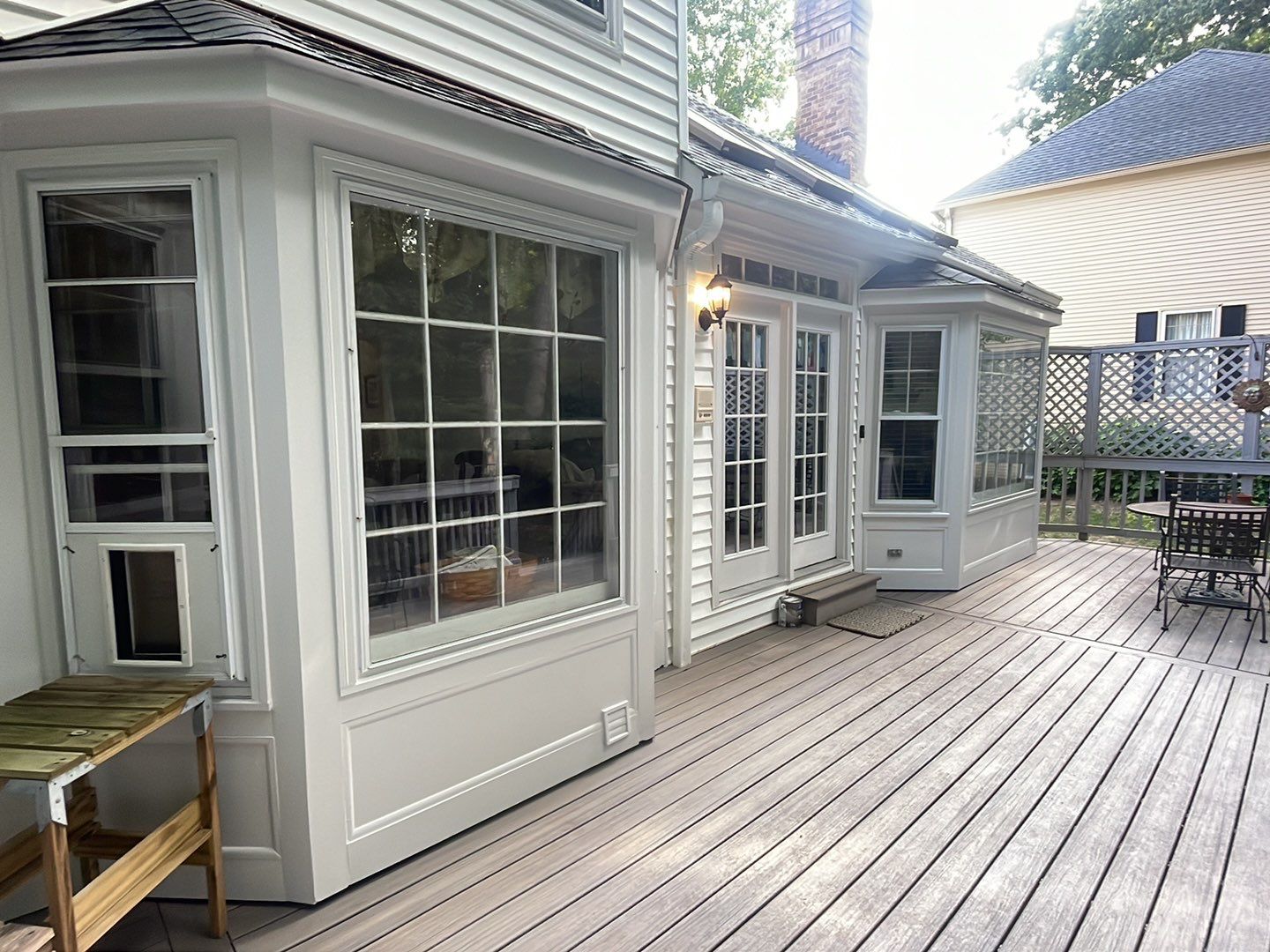You’ll find drywall in most modern homes and buildings. Drywall provides a cheap and fire resistant option for shelter and insulation. Home painters also have an easy time with drywall. However, while this material has its advantages, it doesn’t take much to damage it. On the plus side, fixing drywall isn’t that bad if you know what you’re doing. When your drywall takes a hit, you might wonder which course of action to take next. Should you have it patched, repaired, or replaced? Let’s examine different circumstances that would call for a drywall patch job, repair, or replacement.
When to Patch Drywall
Of the three options, patching is the most common. This is due to the fact that most drywall damage involves minor indentations, abrasions, scrapes, and holes. These small errors don’t require anything more than a small fix. For tiny holes or scrapes, all that’s needed is some spackle and a smoothing tool. With a little interior painting over the area, your wall will look as good as new.
Even holes the size of doorknobs only need a patch. A drywall patch kit has all the tools you’ll need. First, the patch goes over the hole. Then, joint compound is spread over the patched area and smoothed around the edges to blend with the wall, then left to dry. Once again, you or a painting service can then repaint the area or the entire wall to complete the job.
When to Repair Drywall
Sometimes the damage to your drywall is more severe, but not so bad that it needs replacement. Larger holes (six inches or larger) will require a repair job. Fortunately, these repairs aren’t as complicated as they might seem.
The main idea of a drywall repair is to replace the damaged area with a new piece of drywall. The easiest way to go about this is to cut a piece of drywall big enough to cover the damaged area, plus some extra space around it. Then, you have to trace the new section around the damaged drywall so you know how much to cut out of the existing wall. This will create a perfect fit for the new piece of drywall. Using joint tape, joint compound, and a new coat of paint, this new piece will blend right in.
Depending on the size of the hole, the new piece of drywall might need additional backing support via two wooden furring strips. Aside from this additional step, the rest of the repair process is the same.
When to Replace Drywall
You might wonder, then, when is it time to replace drywall entirely? If the physical damage is large and severe enough, it might not be worth it (or possible) to simply repair the drywall. However, more often than not, the main reason to replace drywall has to do with other forms of damage, namely moisture.
Plumbing issues or poor insulation can allow moisture to gather on drywall. Over time, this moisture can become a bed for mold and bacteria, slowly rotting away the material. Eventually, this mold can weaken the drywall to a dangerous degree. Plus, it will look unsightly. If this goes on for too long, you’ll have to replace the drywall for safety reasons. Sure, residential painting can temporarily cover up mold spots, but it won’t do anything to fix the problem.
Most cases of drywall damage simply require a minor patch job. Still, be on the lookout for water damage, as this can turn into a hazardous and costly problem. If you need your drywall patched, repaired, replaced, and/or painted, contact All American Painting Plus. In addition to our painting services, we also repair and replace drywall, and more! Give us a call at 703-620-5563 or email us at info@aapplus.com for more information!











